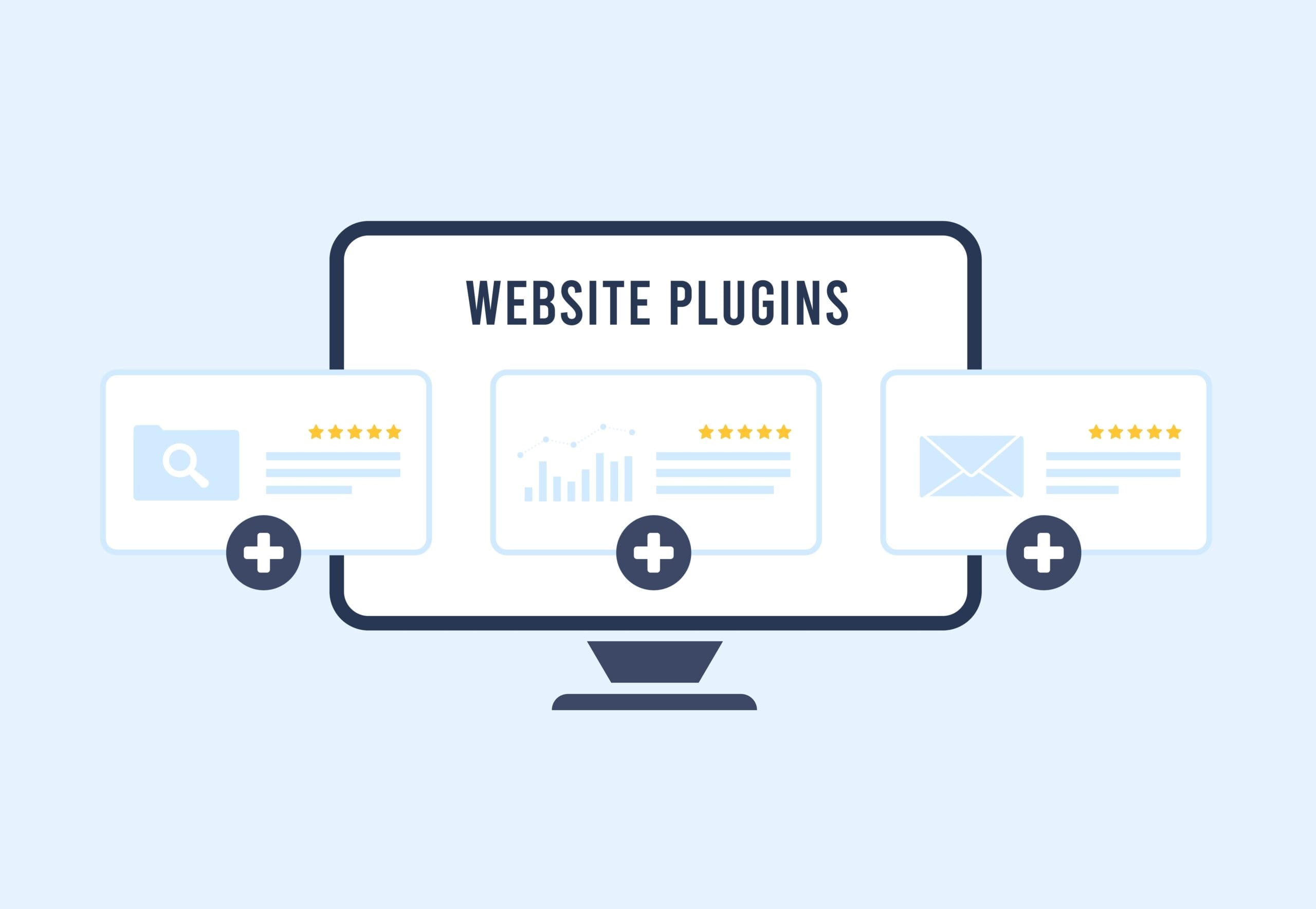You’ve likely been receiving a large amount of privacy updates and notifications from web services you use. As the European Union recently issued new regulations on their privacy rights for their citizens, many companies are reviewing how they use customer and visitor data.
How you collect, store, and use visitor data is all under the umbrella of website privacy. While certain industries have had regulations in place for years, the general internet at large is now starting to be affected by privacy and data use policy regulations.
While it’s up to you to determine what regulations are required for your specific business, here are some general tips to ensure you are protecting the privacy of your visitors.
Forms
Any form on your website that collects user information should openly acknowledge how that data will be used. If you plan on using form submissions for marketing purposes, you need to say that, or you can also opt to have visitors check a box to use their data.
Email Marketing
Your email marketing lists need to only include people who have double opted-in to receiving your campaigns. This means that they signed up, and you confirmed their subscription via a link sent to their address. Never add email addresses to your list for people who have not actively signed up.
Tracking
Be sure to use vetted tracking tools and marketing automation platforms that are compliant with privacy regulations. Most major platforms, like Google Analytics, are maintained to ensure that only relevant data is collected, and is processed in a way that doesn’t violate privacy laws.
Security
Always use appropriate security measures for sensitive data. As a baseline, all of your website traffic should be encrypted through an SSL (https web address), and any ecommerce payments should be facilitated through a quality payment provider service. Any sensitive data needs to be stored on secure servers, with well-maintained code.
As a general rule of thumb, you should always let people know when, how, and why their data is being collected. Using best practices and avoiding deception will allow you to protect your customers’ privacy.






